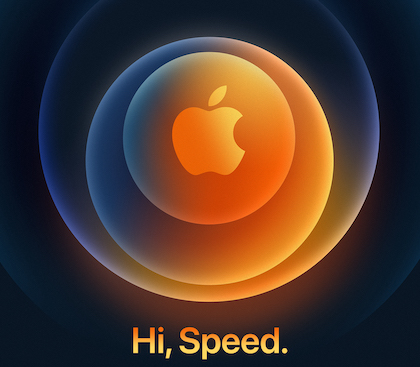We hacked Apple for 3 months: Here’s what we found ∞
Sam Curry:
Between the period of July 6th to October 6th myself, Brett Buerhaus, Ben Sadeghipour, Samuel Erb, and Tanner Barnes worked together and hacked on the Apple bug bounty program.
And:
During our engagement, we found a variety of vulnerabilities in core portions of their infrastructure that would’ve allowed an attacker to fully compromise both customer and employee applications, launch a worm capable of automatically taking over a victim’s iCloud account, retrieve source code for internal Apple projects, fully compromise an industrial control warehouse software used by Apple, and take over the sessions of Apple employees with the capability of accessing management tools and sensitive resources.
Most importantly:
As of October 6th, 2020, the vast majority of these findings have been fixed and credited. They were typically remediated within 1-2 business days (with some being fixed in as little as 4-6 hours).
This is a fascinating read, filled with detail. Work like this finds the vulnerabilities before they can be used against us. There’s also a bit of insight on Apple’s bug bounty program.

